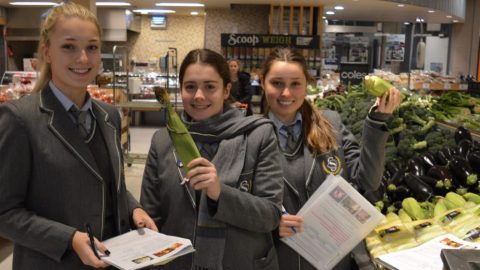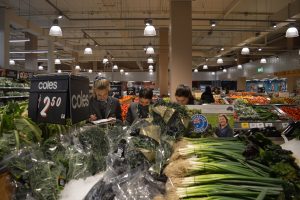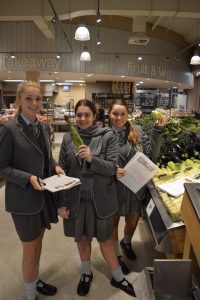Year 11 Health and Human Development Excursion: What Is Hidden In The Food We Eat?

Do any of us really know exactly what is in the food we eat? In recent years, there has been much written about nutrition and a ‘healthy diet’, with a plethora of information bombarding us about a variety of diets, from Paleo to the ‘Anti-Inflammatory’ Diet, to the 5:2 Regime and Ketogenic Diets. Many were shocked to watch ‘That Sugar Film’ in early 2015, which received resounding support from more than 20 countries around the world. A burgeoning spotlight was set on sugar as an emerging culprit, contributing to many of the major causes of disease and mortality globally. Refined carbohydrates and fats, however, remain in the picture as causative factors for chronic lifestyle diseases.
Obesity is becoming the fastest growing lifestyle disease affecting Australians today. Nutritionist Catherine Saxelby wrote on 1 October 2014 that “63% of Aussie adults are overweight, while 37% are clinically obese (morbidly overweight)”. Without question, as a nation, we all need to decrease the amount of sugar, fat and sodium we consume and aim to include a wide variety of fresh foods from the five food groups in our daily diet to decrease obesity, diabetes and other diet-related diseases and conditions.
It is crucial that we develop the knowledge and skills to make healthy choices about the food we put into our shopping trolleys. Hidden sugars, “bad fats” and the amount of salt included in commonly consumed foods must be much more transparent, to enable all consumers to make informed decisions as to what is selected from the supermarket aisles for the weekly shop.
 With this in mind, the Year 11 Health and Human Development class visited the Tooronga Village supermarket on Friday 27 July. As part of their Nutrition Unit, the learning focus of the excursion was to investigate the nutrition information panels on a range of staple foods. Armed with knowledge of the recommended daily intake of the major nutrients, students explored fresh, packaged, frozen and canned foods, with the challenge to determine the ‘healthiest’ options families might include in their weekly meals.
With this in mind, the Year 11 Health and Human Development class visited the Tooronga Village supermarket on Friday 27 July. As part of their Nutrition Unit, the learning focus of the excursion was to investigate the nutrition information panels on a range of staple foods. Armed with knowledge of the recommended daily intake of the major nutrients, students explored fresh, packaged, frozen and canned foods, with the challenge to determine the ‘healthiest’ options families might include in their weekly meals.
Some students were disappointed to realise that their favourite brand of ice-cream had three times the amount of sugar in it than most similar products. Another revelation for the students were the variety of different names listed on the Nutrition Information Panels for sugar including: high-fructose corn syrup, HFCS 55, agave nectar, molasses, malt and barley malt, dextrin, ethyl maltol, lactose and maltose.  Cereal products claiming to be ‘high in fibre’ were exposed as frauds, along with numerous frozen products guilty of sodium contents double that of the daily recommended intake in one serve.
Cereal products claiming to be ‘high in fibre’ were exposed as frauds, along with numerous frozen products guilty of sodium contents double that of the daily recommended intake in one serve.
The excursion proved to be very successful in equipping the students with skills they will hopefully use throughout their lives, promoting their good health and wellbeing for the future.


